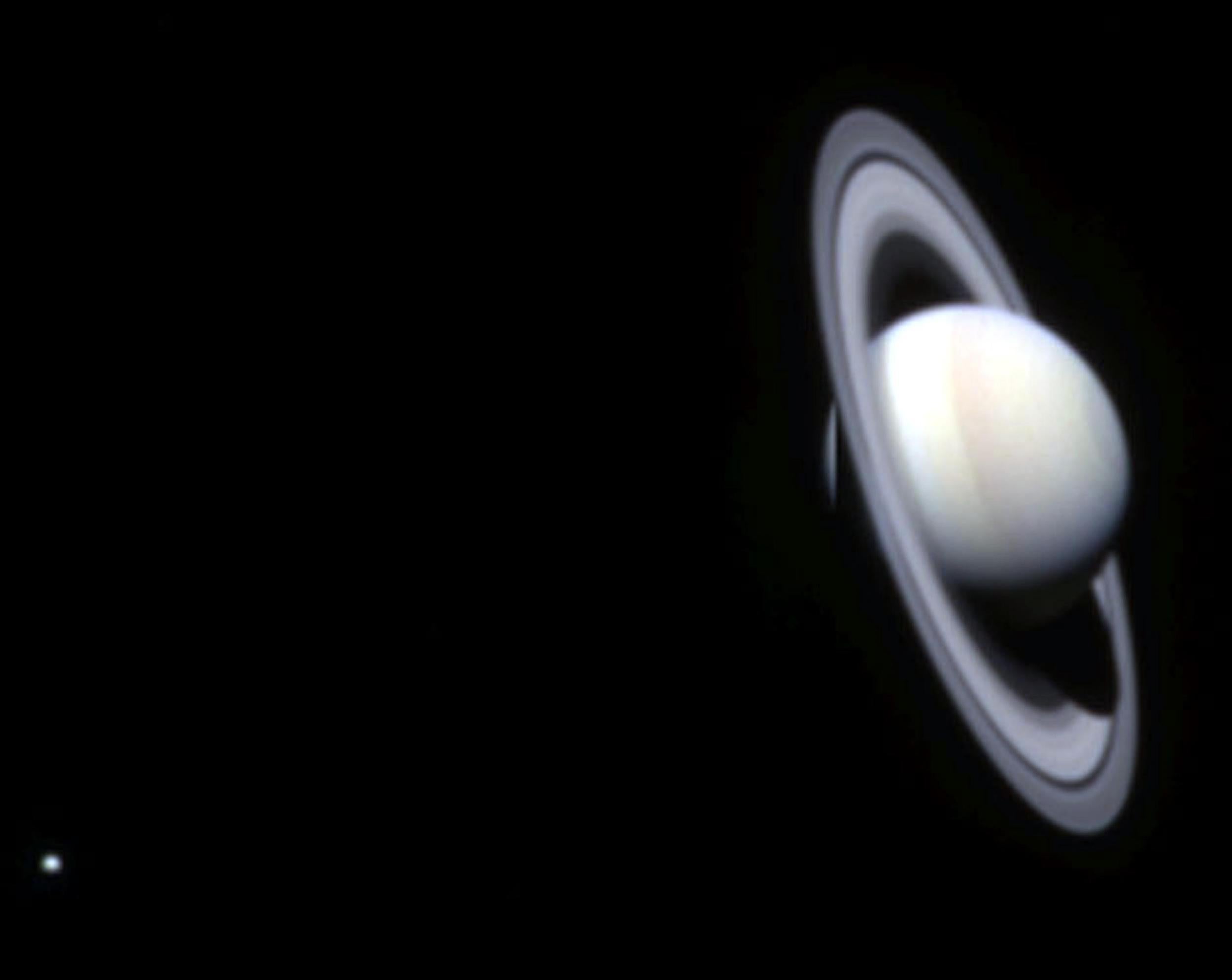Secrets of Saturn to be revealed by dying Cassini spacecraft, Nasa says
Conditions for life may have been discovered on one of the planet's moons

Nasa's Cassini spacecraft has skimmed the atmosphere that surrounds Saturn for the first time - with scientists hopeful it will reveal the planet's secrets in the final leg of its mission.
The spacecraft has been exploring the Saturn system for 13 years in a mission that is expected to come to an end in less than four weeks, when it will destroy itself by flying into the atmosphere of Saturn and burning up.
But scientists are eager to gather more data about Saturn before the spacecraft dies by taking the spacecraft ever closer to the gas giant, which is the second largest planet of our solar system after Jupiter.
Part of Cassini's mission includes detecting potential life in our solar system and shedding new light on Saturn's secrets.
Nasa scientists took the risky decision to make the spacecraft skim through the planet's atmosphere because it was running out of fuel and its days are now numbered.
But these last few weeks will be "crucial" said Michele Dougherty, professor of space physics at Imperial Collage London and one of Cassini's main investigators.
Ms Dougherty said Cassini was skimming the upper lawyers of Saturn's atmosphere and collecting the first samples, which are being analysed.
Saturn's atmosphere was expected to be dense and require the use of small rocket thrusters to maintain Cassini's stability.
But Ms Dougherty told the Sunday Times the atmosphere "was thicker than expected" and that the thrusters had to be used to keep control of the spacecraft.
Cassini was due to make another "dip" into Saturn's atmosphere on Sunday, the second in a series of five final passes close to the planet.
Hunter Waite, of the University of Texas, who is responsible for Cassini's mass spectrometers, the instruments used to analyse the atmosphere, said the results from this first "dip" appeared to show material falling from Saturn's rings into the atmosphere.
He told the Sunday newspaper the rings were "more dynamic" then he had realised and that comets could be replenishing the planets as material was leaving it.
Cassini's extraordinary journey through space started in 1997 when it was launched. It travelled a total of 2.2bn miles (3.5bn kilometres) to reach Saturn in 2004 and has been sending back to earth data from Saturn's rings and stunning pictures.
Cassini's mission to Saturn
Show all 9Among one of the spacecraft most extraordinary discoveries was the fact Enceladus, an ice-covered Saturnian moon, could have conditions similar to Earth and suitable for life under the ice.
CO2, organic molecules and salt – the necessary conditions for life – were discovered in jets of water coming out of the moon.
Mr Waite said there could be an ocean under the ice and that another mission would have to be undertaken to find out.
Cassini's mission would have lasted a total of 19 years and has involved 17 countries, Nasa, the European Space Agency and the Italian Space Agency.
The craft's final entry into Saturn's atmosphere is scheduled for 15 September.
Subscribe to Independent Premium to bookmark this article
Want to bookmark your favourite articles and stories to read or reference later? Start your Independent Premium subscription today.

Join our commenting forum
Join thought-provoking conversations, follow other Independent readers and see their replies